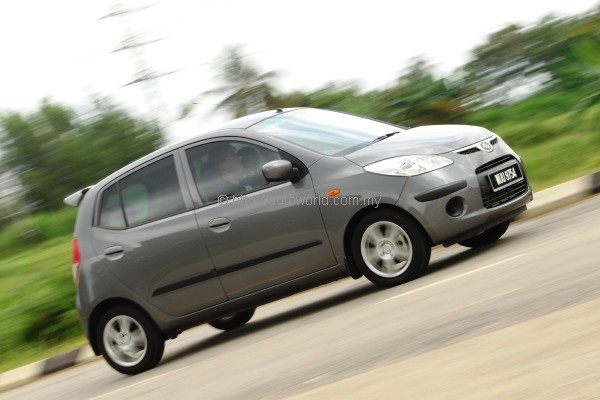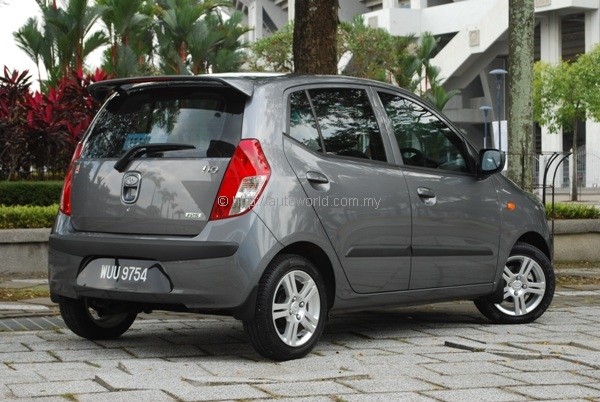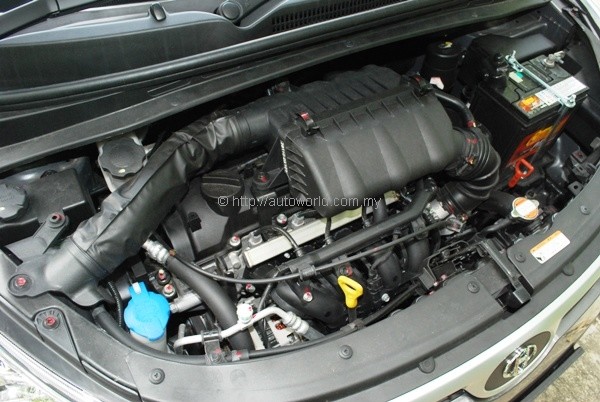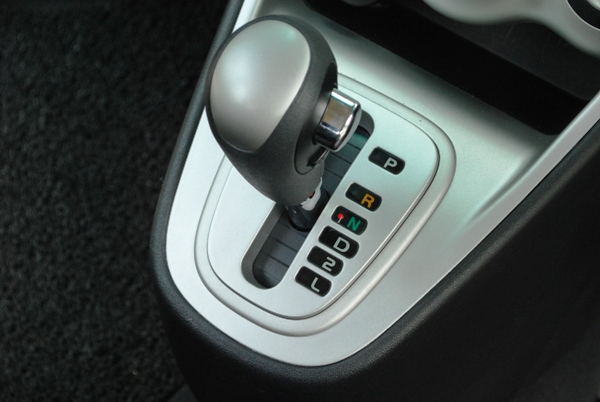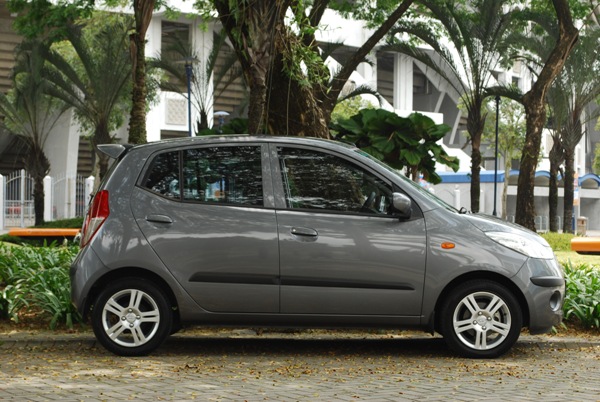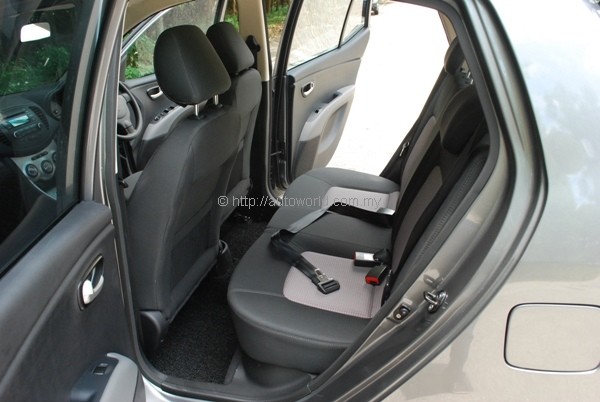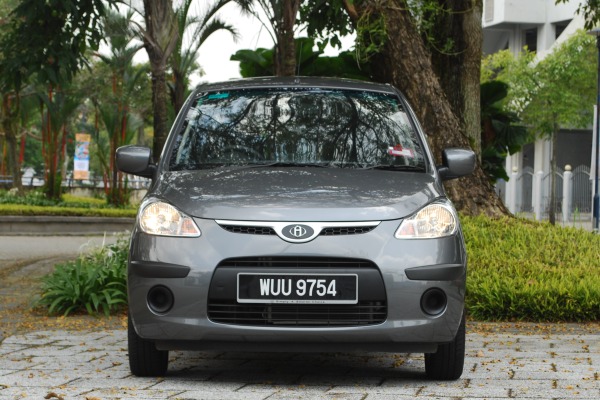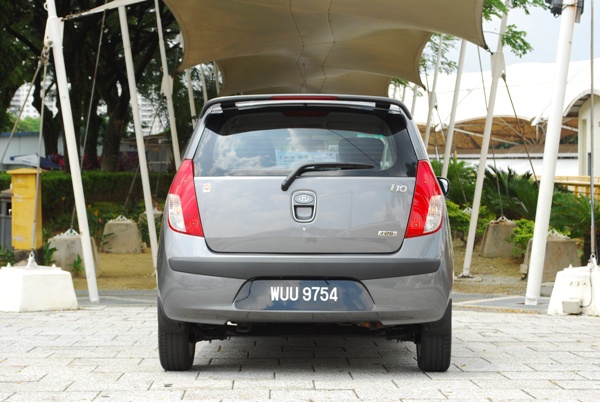Hyundai i10 1.25 – Motoring simplicity
Pet peeves. We all have them. It’s part of life, and in the case of us motoring journalists, it also inadvertently becomes part of the job. Not that we advocate it as something healthy to cultivate, but after testing cars week in week out, there are bound to be certain characteristics in cars that annoy the hell out of you.
You can more or less grasp the pet peeves of an automotive writer after going through a few of his or her articles. These peeves vary from writer to writer. My gripes, for example, usually revolve around drum brakes and torsion beam rear suspension. I am also not very complimentary of test cars that come with stingy levels of equipment.
I used to be quite satisfied with having four power windows, electric side-mirrors, variable intermittent wipers and 60:40 split-folding rear seats. These days, however, I have gotten pretty spoilt to the extent that I don’t enjoy not having one-touch indicators, electric seats, Bluetooth connectivity, steering-mounted controls, and LCD touchscreens at my disposal. That’s just the start of the list, mind you.
In that context, the Hyundai i10 seems to have given me plenty of ammo to shoot it down twice over in this review. It has a torsion beam and drum brakes at the rear (big no-no). The radio does not have Bluetooth, and the only thing you can press on its steering is the horn. It doesn’t even have reverse sensors, and in the spec of our test car, no ABS and no airbags. Redeeming features come in the form of four power windows and electric side mirrors.
Generously equipped it is not, but considering its sub-RM50k price tag and its market positioning as a city runabout, we can forgive the i10 for a number of omissions which would have seen many other cars royally grilled. ABS and airbags are actually available as options, and it would be nice if Hyundai had boxes for us to tick for reverse sensors and Bluetooth as well – these are not strictly necessary items for a car at this price, but we bet there are many owners who would love to have them.
The i10’s ingredients do not add up to a promising package, yet it is amazing how everything in this little car gels together so well. Think of it as a spiritual successor to the Perodua Kelisa and you won’t be far off. Up front, you have a small engine that happily revs its socks off paired to a simple but effective 4-speed automatic transmission. The slushbox swaps cogs well for a simple 4-speeder, but the ‘OD OFF’ button on our test car didn’t feel exactly like a well-oiled mechanism – button needs to be pressed rather hard to work.
It weighs a negligible amount of kilograms, so the 77 horses produced by its 1.25-litre motor is more than enough to propel this little fella to speeds of 140-150kph, which is more than fast enough for its day-to-day applications. You may not expect it, but the i10 holds its own pretty well in the handling department. Thanks to its compact dimensions and sturdy chassis, the i10 feels satisfyingly nimble when being chucked about in congested city traffic.
There is a feel of ‘mechanical rightness’ with the i10 that few other cars exude. Its lack of complexity has allowed Hyundai to focus its attention on getting the all simple things spot on. There aren’t a lot of toys onboard, but it was never a boring drive. Life with the i10 has reminded me that driving is a lot more than just having all the bells and whistles. (ed: Note, statement only valid at this price range.)
 |



